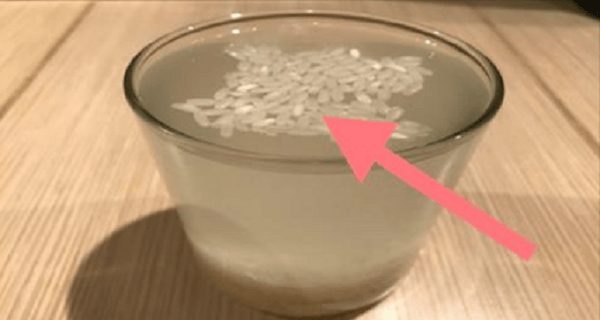The largest producer of rice in the world is China, with more than 200 tons of rice annually, but the rice is extremely harmful due to the plastic content, as reported by Korean Times.
This report indicates that the Chinese rice companies sell fake rice made out of plastic and potato starch, steamed with rice aroma. This rice is then mixed with the organic one to mislead the customers.
This triggered a further investigation with the goal to discover whether these claims are true, and unfortunately, the findings were shocking!
The Chinese rice contained as much plastic as a little plastic bag. Yet, there are some differences between the two types which can help you spot the artificial one, such as:
Test 1: Water
Pour a tablespoon of the rice in a glass full of water. If the rice falls to the bottom, it is organic.
Test 2: Fire
Light a few rice kernels, and if they do not burn, they are organic. While the opposite case will indicate that the rice is fake.
Test 3: Mortar and pestle
Crush several rice grains, and if organic, the rice will become a white powder, and if you notice yellow stains, it is artificial.
Test 4: Mold
Cook some rice in water and transfer it to a plastic container. Leave it in a sunny spot for a few days, and if you notice mold afterward, it is organic.
These tests are simple and easy but will help you protect your health and detect the origin of the rice you intend to consume.
